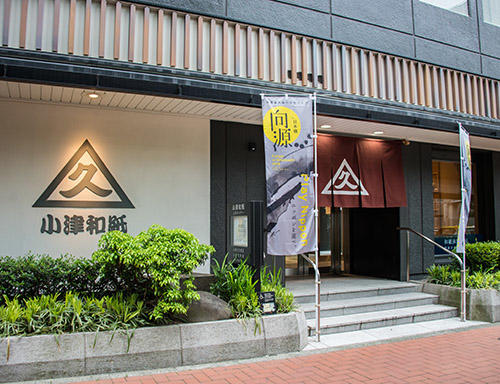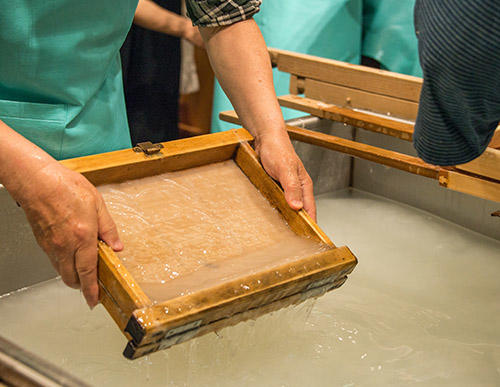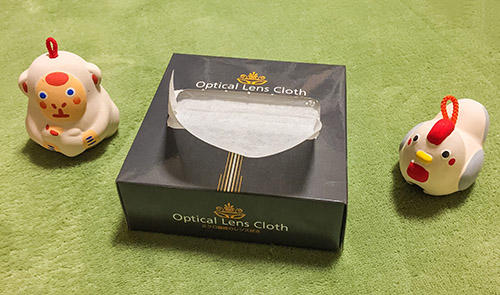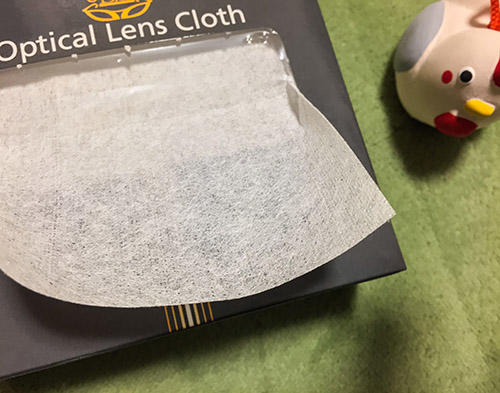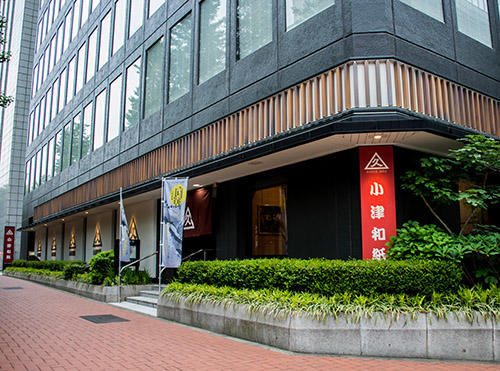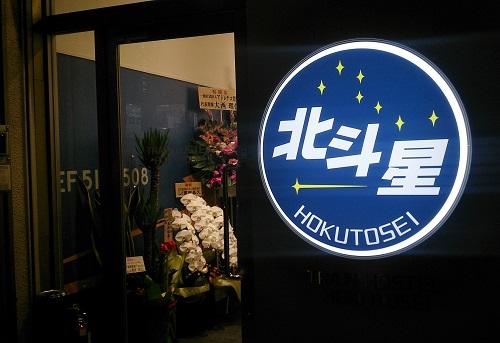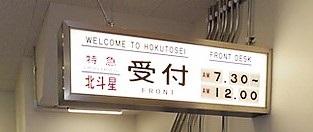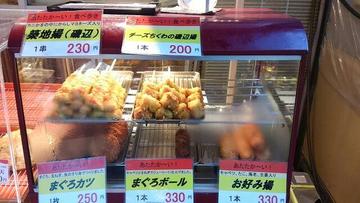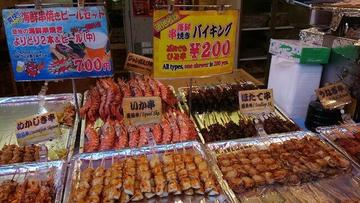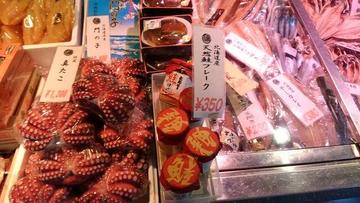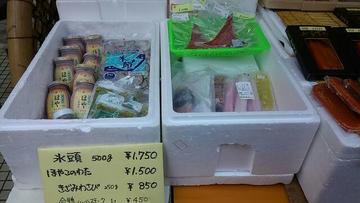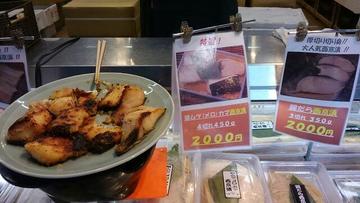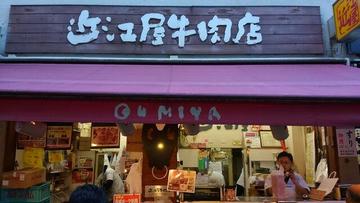What kind of scenery will you encounter if you take a walk for a little 15 minutes between lunchtime at work and between shopping? This time, I went around Ginza 1-chome with Kururin from the Yuuraku Bridge intersection on Sotobori-dori St.
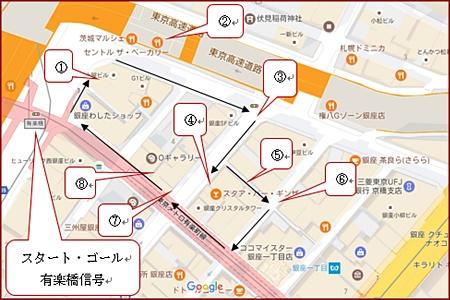
①The whole statue of Ryoma in Kochi
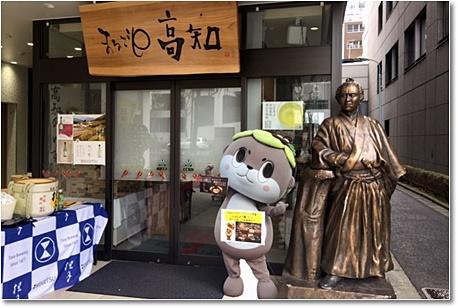
Antenna shop in Kochi Prefecture. In front is a statue of Ryoma Sakamoto, who was boarding at the Tsukiji Tosa clan residence. The statue of Ryoma at Katsura-hama Beach is more than 10m above the head and can only be looked up. But here I'm glad to have a two-shot together like a loose character from Susaki City, Kochi Prefecture, Shinjo-kun of Nihon otter. At the end of the Edo period, Ryoma, who attended the Sadakichi Chiba Dojo near the current Sotobori-dori St. Kajibashi intersection, and Shozan Sakuma Juku in Ginza 6-chome, may have been walking around here.
②Tokyo Kosoku Doro Konya Building

Under this highway is the Kyobashi River, which was excavated during the Edo period to restore Edo Castle. The place where "Marugoto Kochi" was located was called Minami Konya-cho, where craftsmen who dyed the work clothes of the townspeople lived. It looks like the name of the building that retains its remnants. Now, breadmakers of the popular bakery "Senttleza Bakery", which is lined with many people before the opening of 10:00, are very active.
③Namiki-dori St. starts
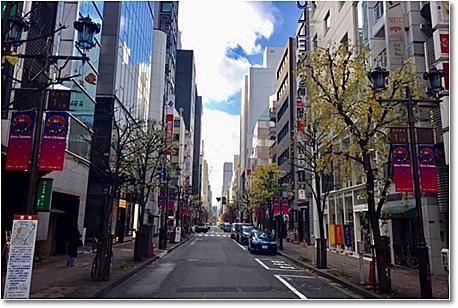
From Ginza 1-chome to 8-chome, the 1000m Namiki-dori St., which runs straight north and south, starts here. The street is a remnant of the Edo period town.
④Mitsukosha and Starbur Ginza
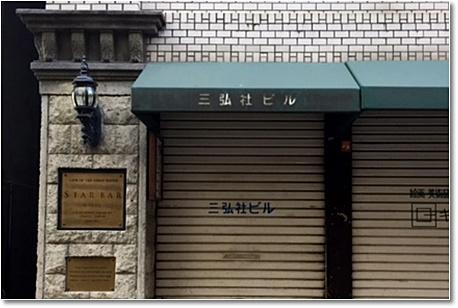
Your feet are sucked in the taste of the pillars of the building. Mikosha is an advertising store founded in 1911 and opened here in Ginza 1-chome in 1922. In that year, he acquired advertising rights on the back of the streetcar coupon in Tokyo. After that, in 1951, it became a designated agency of the Tokyo Metropolitan Bureau of Transportation. It is a company with a history of more than 100 years at the forefront of the times.
In the basement of a building with such a history, "Star Bar Ginza" is located. This is the shop of Hisashi Kishi, who became the first world champion in Japan at the 1996 World Cocktail Competition.
⑤Ko Inari Shrine
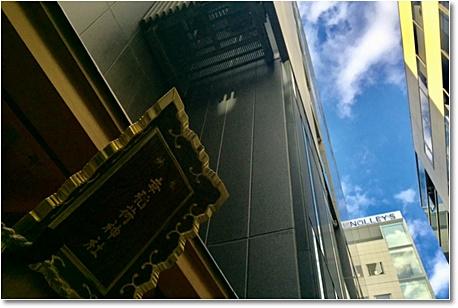
In the alley from Namiki-dori St., one of Ginza Hatcho Shrines is Ko Inari Shrine. Due to the redevelopment of the city, Inari, who has been worshiped by the common people since the Edo period, may move to the rooftop of the building without stopping, but this is neatly enshrined in the valley of a tall building.
⑥Showa Retro Landscape and 2-star Restaurant

When you pass through the alley and go out to Ginza Brick Street, you will suddenly get a retro air. "Sanshu-ya" and the dentist in the neighborhood are also two stories. Sanshu-ya is a shop that is thankful for smokers and allows smoking in all seats. The scenery sandwiched between buildings appears in the nostalgic Showa era for some reason.
 And if you turn around, "Taverna GUSTAVINO" from an Italian restaurant. A popular shop that has moved here due to the redevelopment of Kyobashi. It is also a charm of Ginza that Showa retro and stylish restaurants are mixed.
And if you turn around, "Taverna GUSTAVINO" from an Italian restaurant. A popular shop that has moved here due to the redevelopment of Kyobashi. It is also a charm of Ginza that Showa retro and stylish restaurants are mixed.
⑦Ginza "Masumoto", an old cashier that you want to see.

When you go to Yanagi-dori St. and go to the right after passing the antenna shop in Yamagata Prefecture and return to Namiki-dori St., the stylish Japanese shop curtain of Masumoto catches your eye. There is an old cash register 90 years ago in the shop. The cash register of the same generation is also for brick-tei in Ginza 3-chome. Isn't it a piece of Ginza that I want to meet?
⑧Fish-dried net hanging on the front of an alley

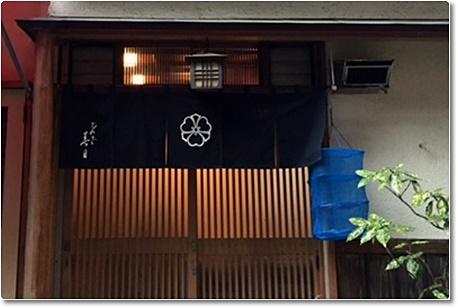
On the way back from Yanagi-dori St. to the Yuuraku Bridge intersection at the starting point, there was an alley. There is a fish-dried net hanging at the storefront. There are about 10 pieces of large salmon fillets. In the alleys of Ginza, salmon will be dried with good salt and plums. Even though it's an alley, it's Ginza. Ginza walk is likely to be stuck in the scenery of Ginza.
Goal: Sotobori-dori St. Yuuraku Bridge Intersection
Kururin is completed for 15 minutes. Continuing to vol.2.
![]()
![]()
![]()
![]()
![]()
![]()
![]()
![]()
![]()
![]() , Chuo-ku sightseeing guide map, etc.
, Chuo-ku sightseeing guide map, etc.![]()
![]()
![]()
![]()
![]() for photography in the center. Thank you very much
for photography in the center. Thank you very much![]()
![]()
![]()
![]()
![]()
![]()
![]()
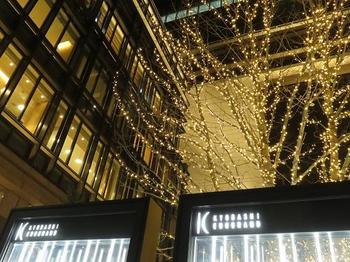
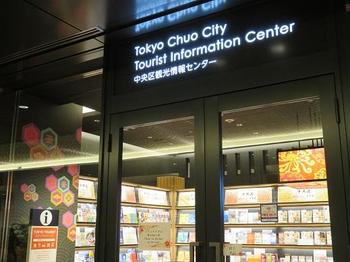
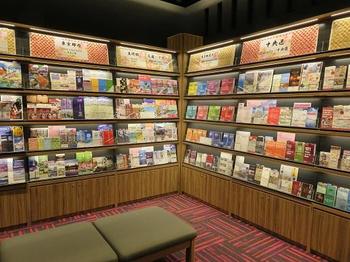
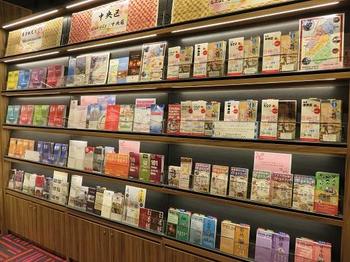
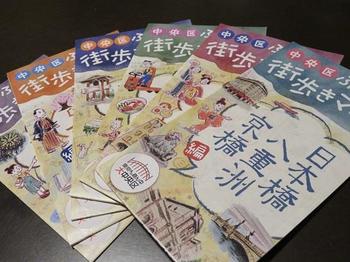
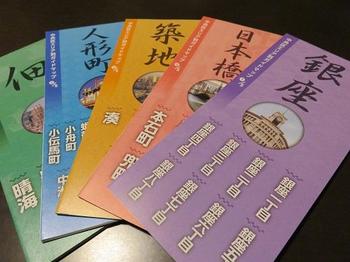
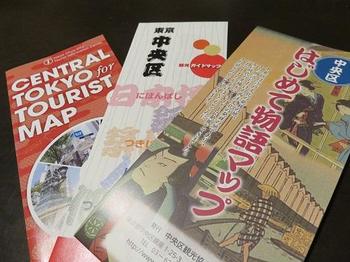
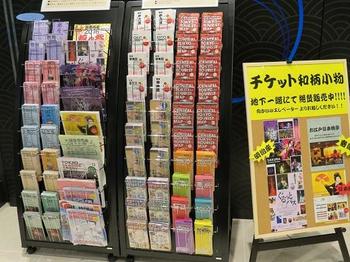
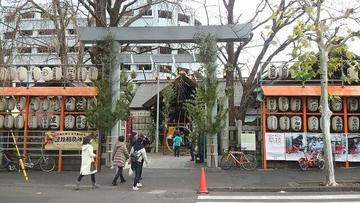
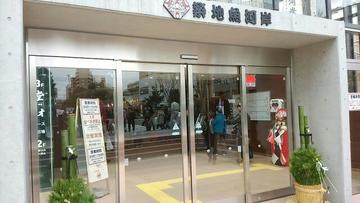
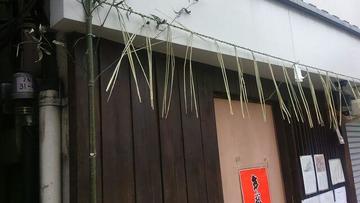
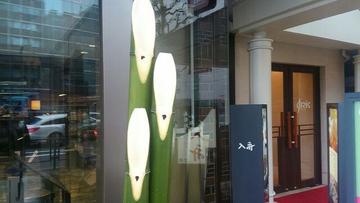
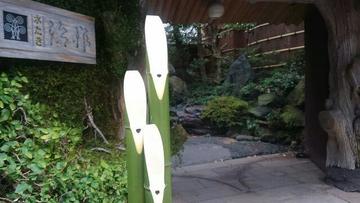







 And if you turn around, "Taverna GUSTAVINO" from an Italian restaurant. A popular shop that has moved here due to the redevelopment of Kyobashi. It is also a charm of Ginza that Showa retro and stylish restaurants are mixed.
And if you turn around, "Taverna GUSTAVINO" from an Italian restaurant. A popular shop that has moved here due to the redevelopment of Kyobashi. It is also a charm of Ginza that Showa retro and stylish restaurants are mixed.


